In the rapidly evolving landscape of artificial intelligence, two titans have emerged as frontrunners in the race to develop the most advanced, versatile, and accurate AI models: GPT-4, developed by OpenAI, and ERNIE, crafted by the Chinese tech giant Baidu. Both models represent the pinnacle of current AI technology, but they approach the grand challenge of understanding and generating human-like text in markedly different ways. This comparative analysis delves into the capabilities, methodologies, and applications of GPT-4 and ERNIE, offering insights into their strengths, limitations, and the implications for the future of AI.

GPT-4: The OpenAI Powerhouse
GPT-4, or Generative Pre-trained Transformer 4, is the latest iteration in OpenAI’s series of AI models designed to understand and generate human-like text based on a vast corpus of internet data. As a successor to GPT-3, it has been fine-tuned for greater accuracy, nuance, and contextual understanding, making it one of the most sophisticated AI models available to the public.
Key Features and Capabilities:
- Vast Knowledge Base: GPT-4 has been trained on an extensive dataset, encompassing a wide range of topics, languages, and formats. This training enables it to generate responses that are not only relevant but also remarkably detailed and nuanced.
- Advanced Contextual Understanding: With improvements in its ability to grasp context, GPT-4 can maintain coherent and relevant discussions over longer stretches of text, making it highly effective for applications like content creation, conversation, and complex problem-solving.
- Flexibility and Adaptability: GPT-4’s design allows for a wide range of applications, from writing and editing assistance to more complex tasks like coding and data analysis, showcasing its versatility.
ERNIE: Baidu’s Brainchild
ERNIE, which stands for Enhanced Representation through kNowledge Integration, is Baidu’s answer to the challenge of creating an AI model that not only processes language but also integrates deep knowledge and understanding of the world. ERNIE distinguishes itself by its unique approach to training, which involves the incorporation of structured knowledge graphs in addition to text, enabling it to understand and generate content with a level of depth and comprehension that rivals human cognition.
Key Features and Capabilities:
- Deep Knowledge Integration: ERNIE is designed to leverage both unstructured text and structured data, allowing it to understand complex queries and produce responses that reflect a deeper understanding of the subject matter.
- Contextual and Cultural Awareness: Thanks to its diverse training data, ERNIE exhibits a strong grasp of cultural nuances and context, making it particularly adept at handling queries that require cultural sensitivity and awareness.
- Multimodal Capabilities: ERNIE has been developed with multimodal capabilities, meaning it can understand and generate not just text but also other forms of data, such as images and video, enhancing its utility in a broader range of applications.
A Head-to-Head Comparison

When comparing GPT-4 and ERNIE side by side, several key areas of distinction emerge:
- Training Methodology: GPT-4 relies predominantly on massive amounts of text data, while ERNIE integrates structured knowledge, allowing for potentially deeper understanding but also requiring more sophisticated training techniques.
- Language and Cultural Understanding: Both models are proficient in handling multiple languages and understanding cultural contexts, but ERNIE’s explicit focus on integrating knowledge makes it particularly strong in scenarios where deep cultural understanding is crucial.
- Application Versatility: GPT-4’s adaptability makes it a powerhouse for a wide range of applications, from creative writing to technical coding. ERNIE, with its multimodal capabilities and deep knowledge integration, excels in tasks that require a deep understanding of the world, such as content recommendation and complex query answering.
The Future of AI: Collaboration or Competition?
As AI continues to advance, the question arises: is the future of AI development one of collaboration or competition? GPT-4 and ERNIE represent two different philosophies and methodologies in AI research and development. The competition between these models drives innovation and pushes the boundaries of what AI can achieve. However, there is also a significant potential for collaboration, where insights and advancements from one model could inform and enhance the other, leading to more robust, versatile, and intelligent AI systems.
Conclusion
In the showdown between GPT-4 and ERNIE, it’s clear that both models offer exceptional capabilities and represent the cutting edge of AI technology. While GPT-4 impresses with its adaptability and contextual understanding, ERNIE stands out for its deep knowledge integration and multimodal capabilities. The ongoing development of these models not only showcases the remarkable progress in AI but also hints at a future where AI can work alongside humans, enhancing our capabilities and understanding in ways we are just beginning to imagine. As we look ahead, the potential for both competition and collaboration between models like GPT-4 and ERNIE promises to accelerate the pace of innovation in AI, opening new possibilities for technology and society.
Visit Unicorn Blogger For More Articles & Blogs !






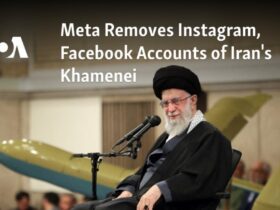




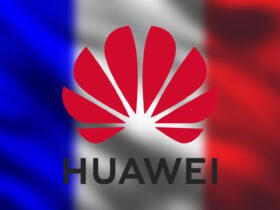



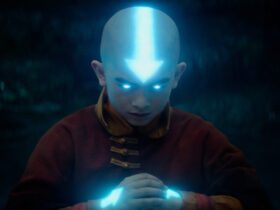








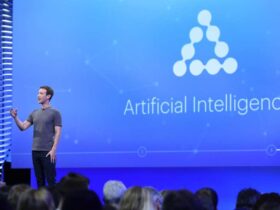

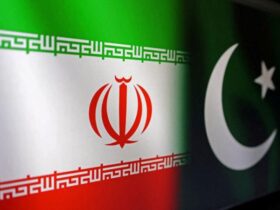
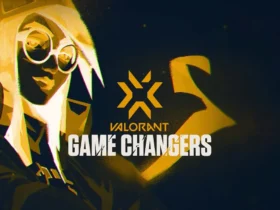
Leave a Reply